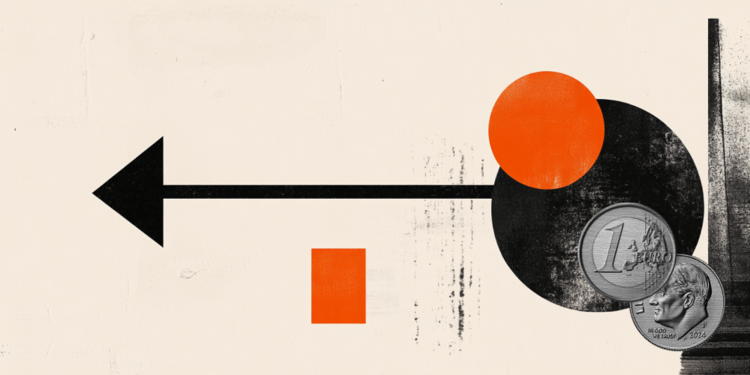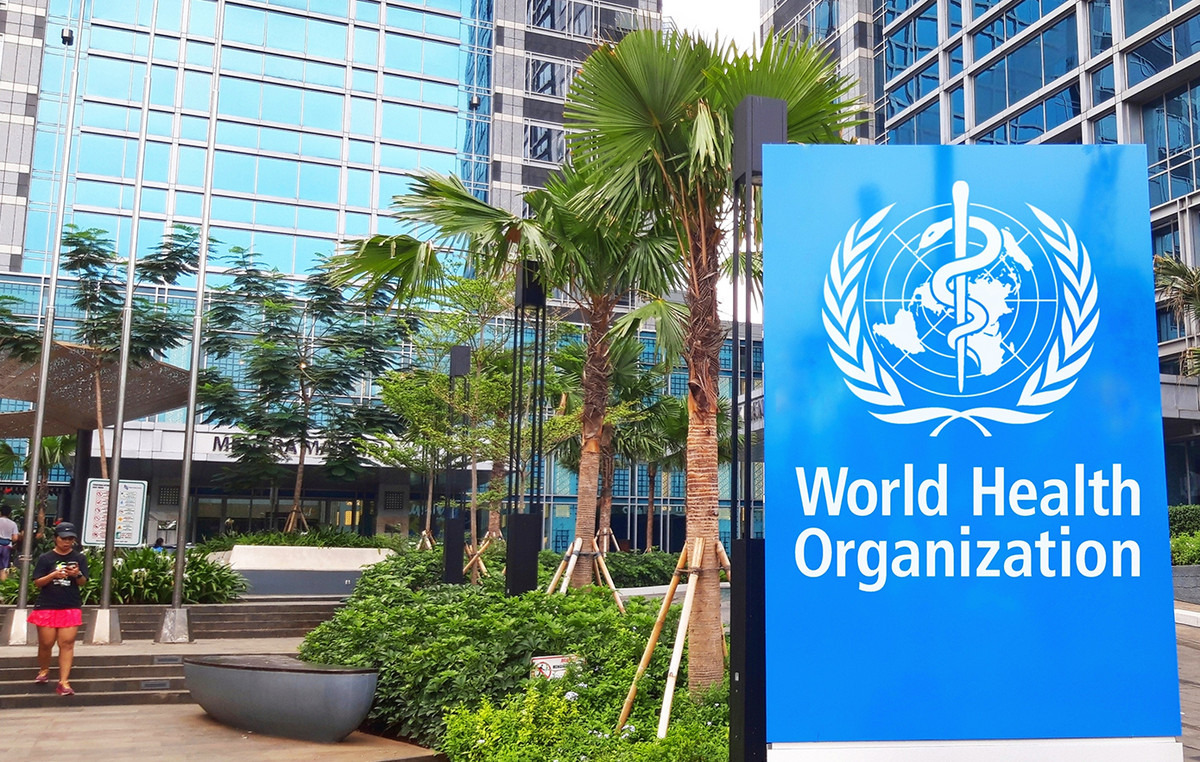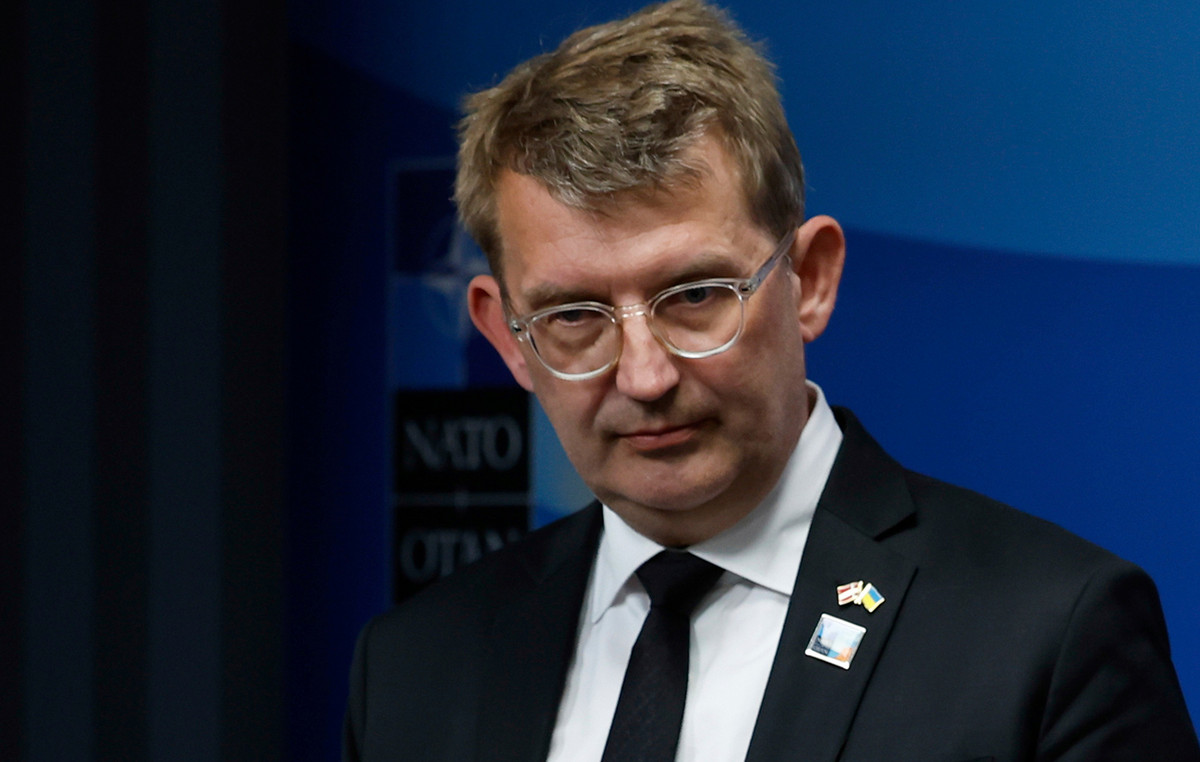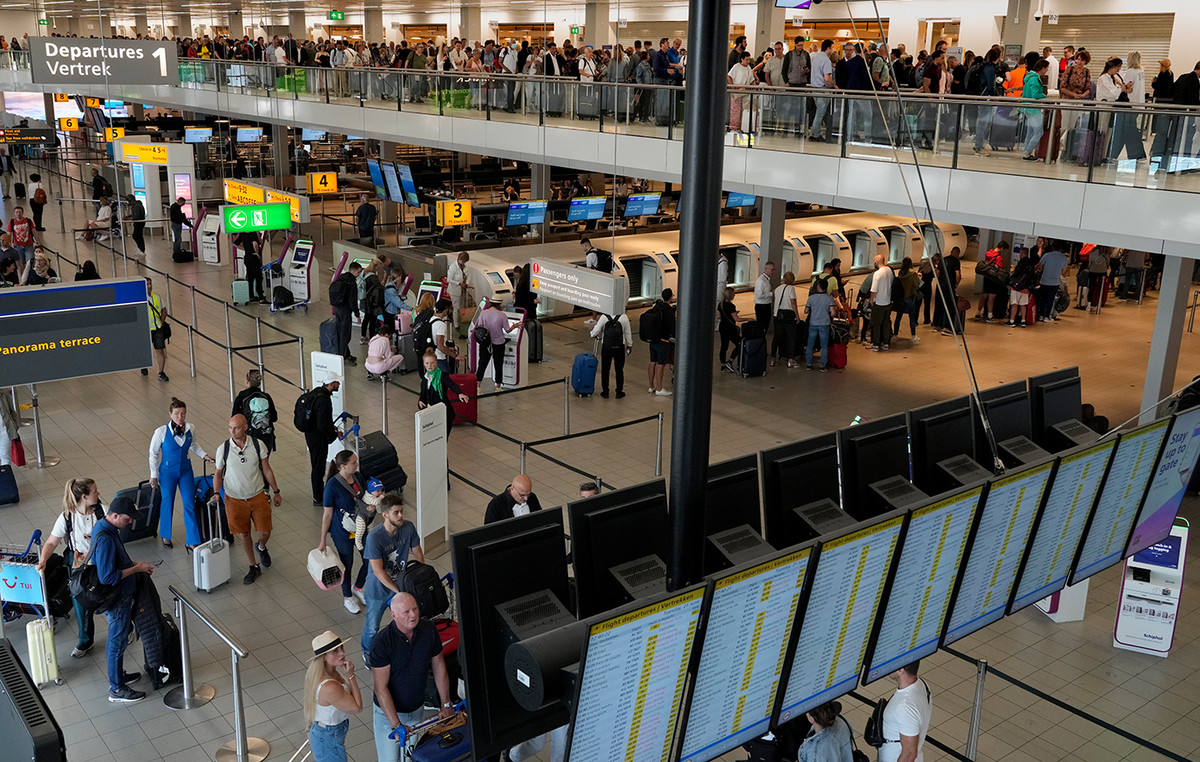There remains a high risk of famine in Gaza and the situation “remains catastrophic” as the war between Israel and Hamas continues, according to a report released this Tuesday (25) by the Integrated Food Security Phase Classification (IPC). , its acronym in English) — considered a global hunger monitor.
“An elevated risk of famine persists across the Gaza Strip as long as the conflict continues and humanitarian access is restricted,” the report states. “Only a pause in hostilities in conjunction with sustained humanitarian access to the entire Gaza Strip can reduce the risk of famine occurring in the Gaza Strip.”
The report predicts that 96% of Gaza’s population – more than 2 million people – will face crisis, emergency or catastrophic levels of food insecurity until at least the end of September. Nearly half a million are predicted to face catastrophic levels, the most severe level on the IPC scale, where people “experience extreme lack of food, hunger and exhaustion of survival skills.”
“Given the unpredictability of the ongoing conflict and humanitarian access challenges, any significant change could lead to a very rapid deterioration into famine,” the report states.
“The last few months have demonstrated that food and humanitarian access and the prevalence of malnutrition can change very quickly, the risk of epidemics is increasing and eight months of extreme pressure on the lives of the population make this group much more vulnerable to collapsing into famine,” said the report, compiled by the IPC Hunger Review Committee.
The report’s conclusions reflect testimonies from those living in the region about the terrible humanitarian catastrophe in Gaza. Nearly nine months of Israeli bombing and siege have depleted the healthcare system, damaged water infrastructure and created dire conditions for the entire population of more than 2.2 million people.
The increase in Israeli attacks on the city of Rafah, in the south of the country, has provoked mass displacements and an outbreak of infectious diseases in the extensive camps where people do not have access to basic sanitation. With no signs of an imminent ceasefire to end the fighting, aid workers say the suffering of civilians will only worsen.
“The most recent data shows that, in order to buy food, more than half of families had to exchange their clothes for money and a third resorted to collecting rubbish to sell”, detailed the report. “More than half also reported that they often do not have food to eat at home and more than 20% go entire days and nights without eating.”
The report acknowledged that there had been some improvements in the situation in northern Gaza, where the IPC warned in March that famine was imminent. Tuesday’s report assessed that due to an increase in food deliveries in March and April, “available evidence does not indicate that famine is currently occurring” in the north. However, it notes that the possibility remains throughout the Gaza Strip.
While there was also some improvement in southern Gaza during this period, the report states, the situation deteriorated with the launch of Israel’s military operations in Rafah. The Rafah crossing – a key route for humanitarian aid to Gaza – has been closed since the beginning of May, and only a few other land crossings remain open. Aid workers continue to face risks as they try to deliver desperately needed aid to Gaza. Most of the infrastructure supporting humanitarian work in Gaza was destroyed in Israel’s war against Hamas.
“Humanitarian space in the Gaza Strip continues to shrink and the ability to safely assist populations is diminishing,” the report states. “The recent trajectory is negative and highly unstable. If this continues, the improvements seen in April could quickly be reversed.”
The report also “encourages all stakeholders who use the IPC for high-level decision-making to understand that whether or not a Famine classification is confirmed does not in any way change the fact that extreme human suffering is undoubtedly , currently underway in the Gaza Strip.”
This “does not alter the immediate humanitarian imperative to address this civilian suffering by enabling full, safe, unimpeded and sustained humanitarian access within and across the Gaza Strip, including through a ceasefire,” the report continues.
The United States, Israel’s closest ally, has repeatedly called on Netanyahu’s government to do more to address the humanitarian crisis in Gaza. US President Joe Biden warned in early April that Israel had to take immediate concrete action or risk changes in US policy. So far, there has been no such change in policy.

“We saw them take productive steps,” State Department spokesman Matthew Miller said last week. “When we see reports from humanitarian groups, for example the IPC which issues reports from time to time, we will look into them. And if there are things that need to change, we will not hesitate to be direct with Israel about how they need to make those changes. But we have seen an improvement in the aid situation in the north, and we have seen a certain stagnation in the south. And that’s what we want to see reversed.”
Meanwhile, aid workers warn that the situation in Gaza is unsustainable.
“In the north, when we raised the hunger alarm, we managed to bring in more trucks. And for now, it’s better. It’s not great – I don’t want to create false illusions here that this is all great, because it’s not,” said World Food Program Director Cindy McCain. “There is still a huge need in the north and it is complex. It’s complex for that reason. It’s not just food they need. They need water, they need sanitation, they need healthcare. All of these things contribute to hunger.”
An aid worker said to CNN : “I think we will very quickly return to the kind of trajectory that we saw in the north. The scale will be much larger because there were more or less 300 thousand people in northern Gaza. Currently, there are between one and a half and 1.8 million people in the south central areas who are in a similar situation.”
Kate Phillips-Barrasso of Mercy Corps added: “The population can no longer bear these hardships. The number of military actions has been too high and we fear that without drastic changes in the delivery of humanitarian aid, the death toll will rise as people succumb to months of deprivation.”
“The humanitarian situation is deteriorating rapidly and the specter of famine continues to loom over Gaza,” said Phillips-Barrasso to CNN . “Despite the arrival of some help, glaring contradictions remain. Commercial trucks can pass, but humanitarian aid is limited, screened at the border and, when allowed to cross, usually only reaches some city centers because there is no proper security.”
“Compounding the suffering is the oppressive summer heat, lack of access to clean water, and increasing exposure to trash and sewage. This lethal equation will undoubtedly lead to acute suffering and mortality,” she said.
On Friday, the Commissioner General of the United Nations Palestine Refugee Agency (UNRWA), Philippe Lazzarini, called for an “uninterrupted, regular, coordinated and meaningful flow of humanitarian assistance”.
Source: CNN Brasil
Bruce Belcher is a seasoned author with over 5 years of experience in world news. He writes for online news websites and provides in-depth analysis on the world stock market. Bruce is known for his insightful perspectives and commitment to keeping the public informed.







